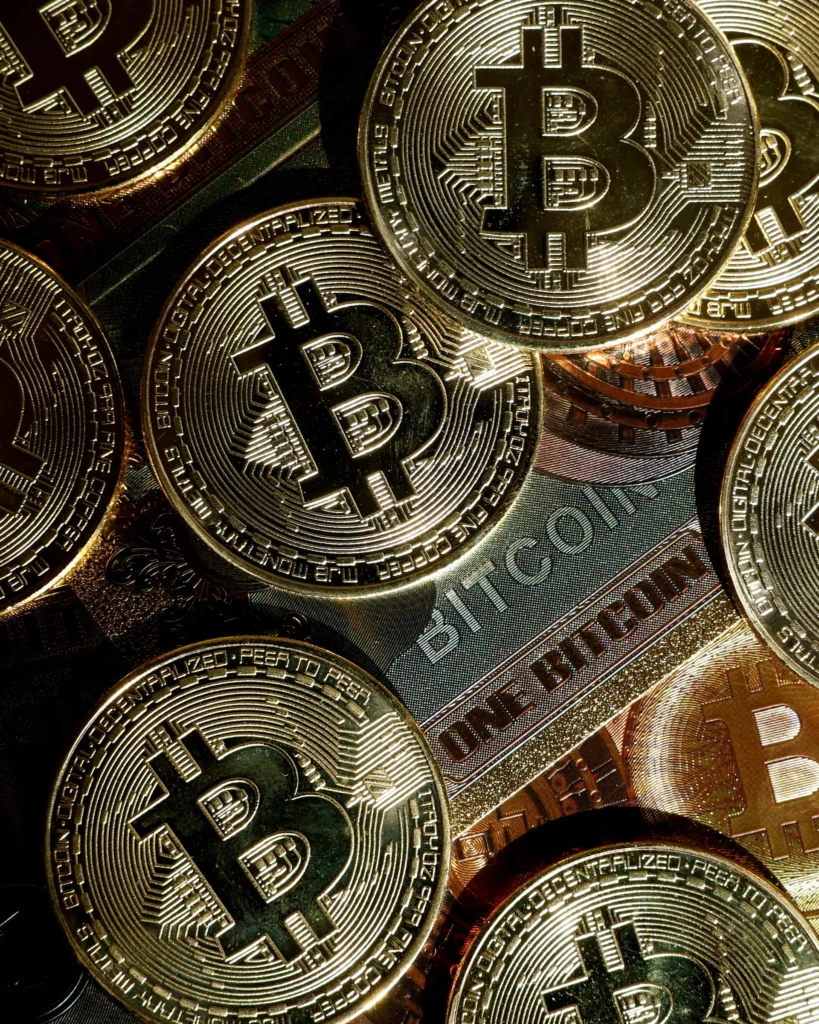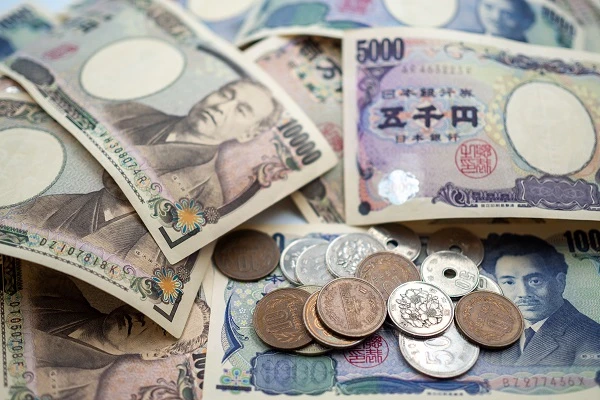How to Understand Market Reactions When Bitcoin Hits a New High
November 15, 2024

Understanding Market Behavior When Bitcoin Breaks a New High
When Bitcoin breaks new high, markets don’t just celebrate—they react. And whether you’re trading crypto, forex, or both, it’s critical to understand how these movements play out in real time.
In this tutorial, we’ll walk through the core factors that typically drive Bitcoin to new highs, how the forex market responds, and what indicators can help you navigate the noise. You don’t need to be a crypto expert to follow along—just a bit of curiosity and a sharp eye for momentum.

Credit from : Reuters
What Happens When Bitcoin Breaks New High: The Core Drivers
Before diving into strategy, let’s cover the basics. Why does Bitcoin hit new highs in the first place?
Here are three common catalysts you’ll see when a breakout occurs:
- Macro Conditions Improve
When inflation data comes in softer than expected, markets often breathe a sigh of relief. Traders begin pricing in rate cuts or a pause from central banks, which sends risk assets higher—including crypto. - Institutional Inflows Rise
When regulated products like spot Bitcoin ETFs attract large inflows, it’s often a sign of growing demand from institutional investors. This adds legitimacy and liquidity to the market. - Dollar Weakness Spurs Crypto Demand
A declining U.S. dollar typically drives risk appetite. Since Bitcoin is priced in USD, a weaker dollar tends to amplify BTC’s moves.
Individually, these drivers are influential. Together? They can create the perfect storm for a breakout.

Bitcoin Breaks New High: How Forex Markets React
Here’s where it gets interesting. Even though Bitcoin is a digital asset, it doesn’t move in isolation. When BTC surges, the forex market often follows with subtle—or not-so-subtle—ripples.
Common Reactions in Forex:
- USD pairs may dip slightly as traders rotate into risk assets.
- Risk-on currencies like the Australian Dollar (AUD), British Pound (GBP), or Canadian Dollar (CAD) may rise in parallel with Bitcoin.
- Safe-haven pairs such as USD/JPY might see minor pullbacks as capital shifts away from defensive positions.
These reactions are typically short-term but meaningful. Active traders often adjust positions on the fly when they see BTC break key resistance levels.
Tip: If you’re trading forex and see Bitcoin climbing past a new high, watch your open risk-on positions. Momentum often spills over, especially during volatile sessions.

Credit from : Investopedia
Identifying the Signals Behind a Real Breakout
Not every price surge is sustainable. Here’s how to separate a real breakout from a potential bull trap:
- Volume confirmation: Healthy breakout moves tend to be supported by strong, sustained volume.
- Funding rate analysis: If perpetual swaps show overly bullish sentiment, it may indicate a crowded trade.
- Altcoin correlation: A true market breakout usually lifts more than just Bitcoin. If Ethereum and major alts remain flat, consider caution.
- Exchange activity from whales: Watch for large Bitcoin transfers to exchanges. It could mean big holders are preparing to sell.
You don’t need to track all of these constantly—but checking a few can give you a more complete picture of whether the rally has legs.

Strategy Recap: What You Should Do When Bitcoin Hits a New High
Here’s a practical checklist for when Bitcoin breaks new high:
- Pause and Assess: Avoid jumping in blindly. Check major macro headlines and volume.
- Look for Confirmation: Wait for a candle close above resistance. Avoid chasing early spikes.
- Monitor Forex Crosses: Check how USD, EUR, JPY, and commodity currencies are responding.
- Use Tight Risk Management: In fast-moving environments, protect your capital with well-placed stops.
This approach isn’t flashy, but it’s effective. You’re not trading the hype—you’re trading the structure.

Final Thoughts: Bitcoin Breaks New High, So What’s Next?
When Bitcoin breaks new high, it creates opportunity—but also risk. The headlines will keep coming, but it’s your discipline and preparation that define your success.
Markets are emotional. Traders are human. And while momentum can be powerful, it’s strategy—not sentiment—that keeps your trades on track.
Stay sharp, stay grounded, and remember: the real edge comes from understanding the why behind the move—not just the move itself.

